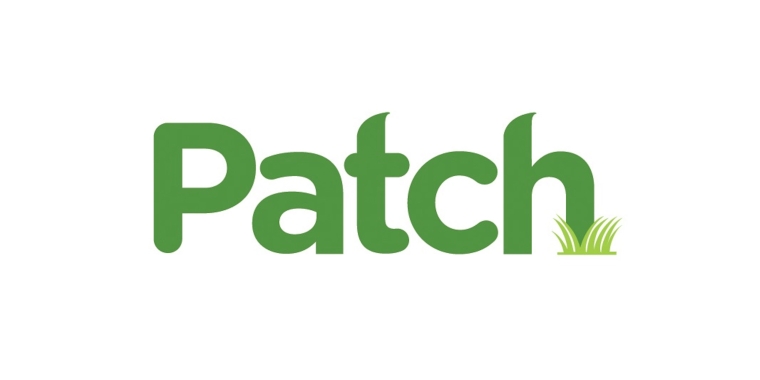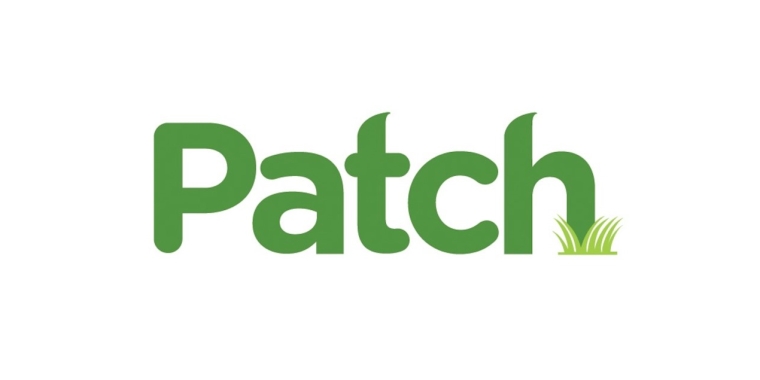
Nazi-looted art on display in New York museums must be prominently identified as such under new law

Museums in New York will now be required by state law to disclose whether objects in their collections were looted by Nazis in Europe during the Second World War. According to the legislation, signed by New York governor Kathy Hochul on 10 August, such works that have “changed hands due to theft, seizure, confiscation, forced sale or other involuntary means” must be accompanied, when publicly displayed, by a prominently placed placard or other signage that acknowledges this provenance.
By the state’s count, the Nazis looted some 600,000 paintings from Jewish people during the war, as part of the party’s crimes committed to wipe out their identity and culture. Many eventually made their way to museums in New York, where existing state law mandates that all stolen art made before 1945 and looted in Europe during the war be logged on the Art Loss Register, the world’s largest private database of looted art.
“Today, artwork previously stolen by the Nazis can be found hanging in museums around New York with no recognition of the dark paths they traveled there,” state Senator Anna M. Kaplan said in a statement. “With the history of the Holocaust being so important to pass on to the next generation, it’s vital that we be transparent and ensure that anyone viewing artwork stolen by the Nazis understand where it came from and its role in history.”
The new law comes at a time when museums are increasingly dealing with the question of looted art in their collections. It also follows several high-profile restitution cases in recent years, in which heirs unsuccessfully sued New York museums to return artworks. In 2009, the Museum of Modern Art (MoMA) and the Guggenheim Museum were able to keep works by Picasso after reaching a settlement with Julius Schoeps, who claimed that his great uncle was forced to sell the works during the war. The following year, a judge dismissed attempts by George Grosz’s son to reclaim three paintings owned by MoMA, based on a three-year statute of limitations. In 2019, an appeals court ruled that the Metropolitan Museum of Art had rightful ownership to another Picasso, The Actor (1904-05), which the great-grandniece of its former owners, Paul and Alice Leffman, said had been sold under duress. The US Supreme Court refused to hear the case in 2020.
The new bill is part of a legislative package aimed to honour and support Holocaust survivors, of whom there are an estimated 40,000 in New York state. The other laws require that schools provide “high-quality” Holocaust education and that the New York State Department of Financial Services publish a list of banks that waive wire fees for Holocaust reparation payments.
“As New Yorkers, we are united in our solemn commitment to Holocaust survivors: We will never forget,” Governor Hochul said. “These are individuals who have endured unspeakable tragedy but nonetheless have persevered to build lives of meaning and purpose right here in New York. We owe it to them, their families, and the six million Jews who perished in the Holocaust to honor their memories and ensure future generations understand the horrors of this era.”



